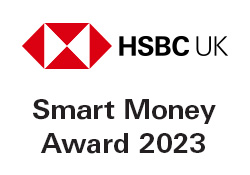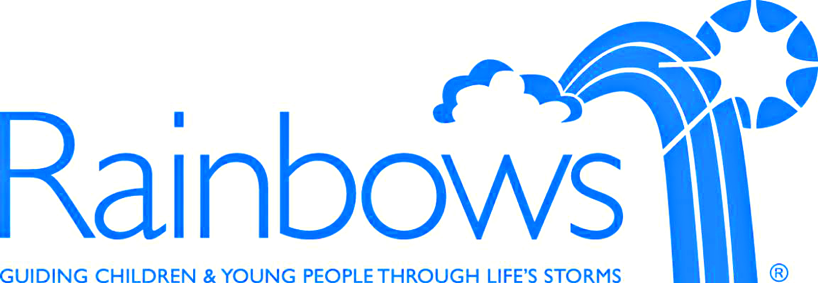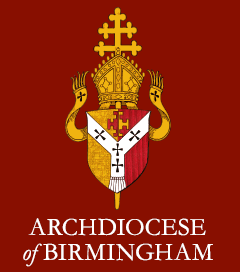Writing
Our vision
By the time children complete their primary education at Our Lady’s, we intend that they will have developed a fluency of writing where they can write appropriately for their intended audience and express their thoughts and ideas creatively through the written word. To become creative writers, children must have the skills of using model texts as examples and review their writing, by editing, to make improvements; pupils will be taught to apply their writing skills across all curriculum subjects.
At Our Lady’s we set high expectations for handwriting and presentation and encourage children to have created their own individual style by the time they complete their final term in Year 6. We also encourage the use of ICT as a tool to record and save writing.
Why do we teach it in the way that we do?
Our writing curriculum is designed so children gain experience of a range of genres:
We believe it is important for children to have experience of a breadth of genres, including poetry, so children can continue to build on this experience when in secondary education and beyond. We firmly believe that the best writers use the best examples and our writing curriculum is designed in partnership with our reading curriculum; carefully selected topic-texts are used as modelled examples for writing. Using an author’s style is a direct pathway to achieving greater depth and it is our intention to open children’s mindset to achieving greater depth in writing.
Implementation
How do we implement our vision in our school?
At Our Lady’s we use the objectives of the Early Years Framework (2021) for writing in Early Years and all writing is either linked to curriculum topics or based on children’s interests ‘in the moment.’ We teach the objectives of the National Curriculum (2014) for writing composition, spelling and grammar in years 1-6. All knowledge and skills have been organised into a two-year rolling cycle so curriculum topics have appropriate writing genres supported by model text examples.
What does it look like in our classrooms?
Early Years
Upon entry to school, children in Nursery and Reception are encouraged to make marks with a range of tools in continuous provision activities. Writing opportunities are available throughout indoor and outdoor classrooms and children build on their skills to successfully write legible sentences, based on their interests, by the time they complete the Early Years Foundation Stage. The teaching of handwriting and letter formation is sequenced using Penpals Handwriting scheme.
Learning Journey: Key Stage 1 and Lower Key Stage 2
Teachers plan writing using a ‘learning journey’ where sequences of learning goals carefully build towards the final piece of writing. Genre-specific learning goals for writing are displayed in Key Stage 1 classrooms which creates a visual success criteria for children to use when writing independently. Feedback is purposeful in accordance with the learning journey.
Expanded Success Criteria: Key Stage 2
Teachers plan writing using a ‘learning journey’ and from the onset, children are involved in creating the success criteria using an ‘expanded success criteria’ which is a visual display in every Key Stage 2 classroom. The expanded success criteria involves the children in identifying their purpose for writing and the intended audience. Genre-specific text examples and other key criteria are displayed throughout the writing unit and used as a guide when writing independently. Feedback is purposeful in accordance with the expanded success criteria.
Split Class Teaching
At Our Lady’s, we have sequenced our writing objectives so there is a difference in expectation in what children in split-year-group-classes achieve. This is to ensure that children achieve at least age-related expectations.
What does it look like around our school?
Writing is displayed and celebrated so children can learn from each other. Each phase maintains a writing journey throughout the academic year so children have a constant visual reminder of previous skills that have been taught and the standard that is expected as each new genre or theme is taught.
Impact
Children acquire good skills of writing and make good progress from their starting points; they show a love of writing. They are confident to formalise writing when appropriate and they can identify their intended audience and purpose.
Past Academic Achievement in writing
Percentage of children achieving the age-related expectations in writing:
How do we monitor and review the impact of writing at our school?
The writing subject leader uses the following lines of enquiry to assess the impact of the writing curriculum:
- Assessment data for children achieving GLD at the end of Reception.
- End of Key Stage 1 and 2 assessment tests and comparisons against national results.
- Writing assessment data on Target Tracker.
- Discussions with pupils.
- Discussions with teachers.
- Learning behaviour in the classrooms.
- Range of writing across the curriculum.
- Tools for independent writing in the classroom environment.
- Culture of writing across the school.









